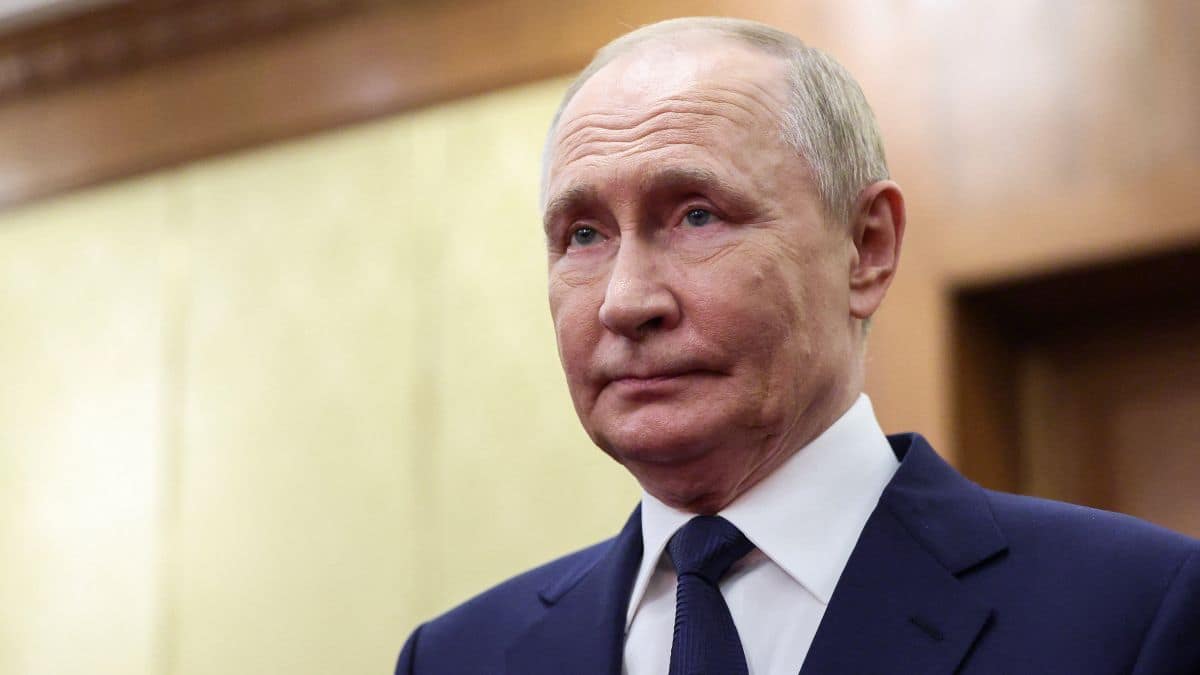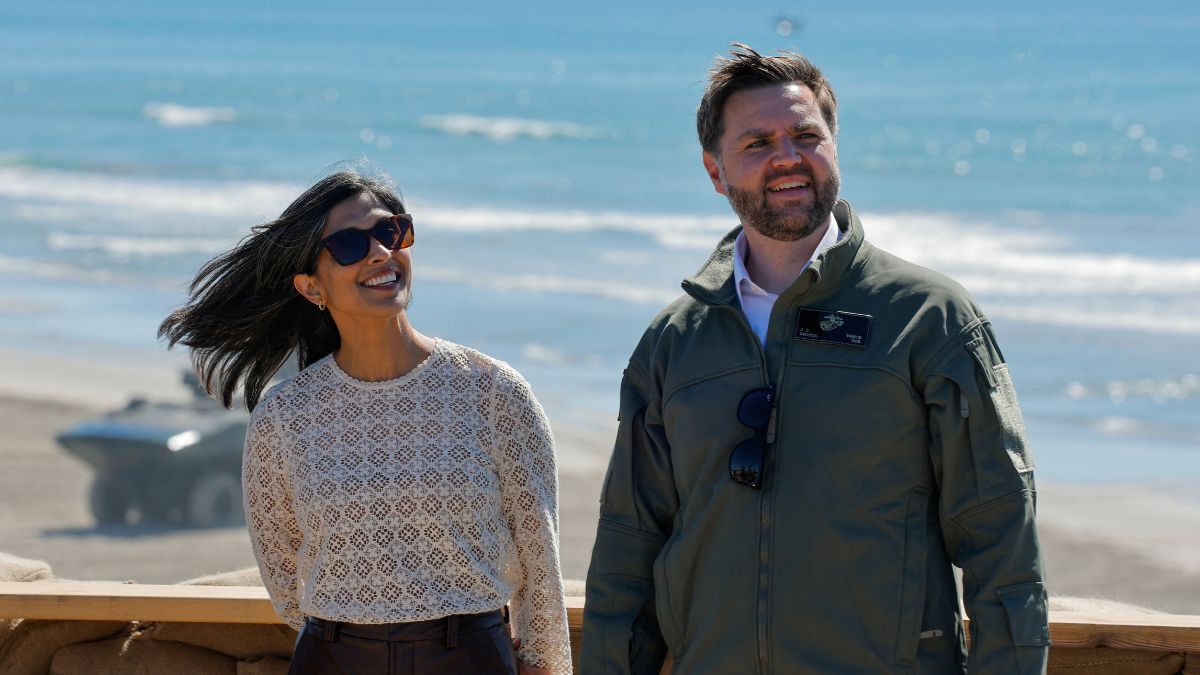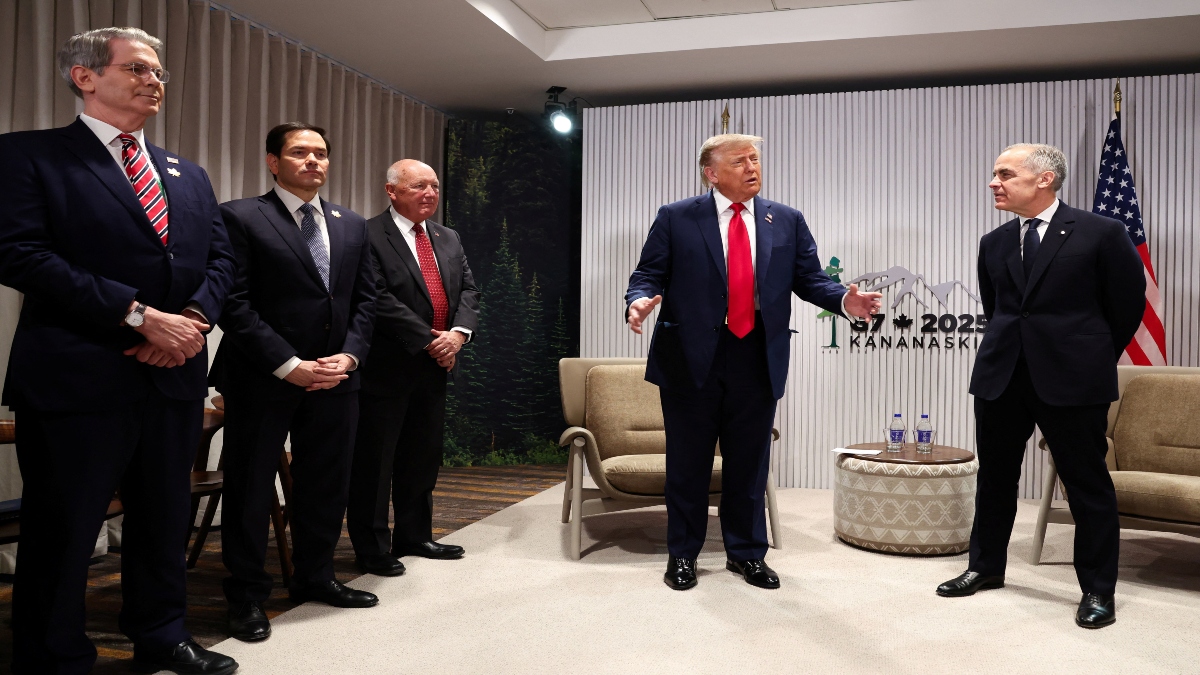If local news reports not denied by the Maldivian government are to be believed, the administration of President Mohamed Muizzu has imported two more batches of drones from Turkey. Team Muizzu had done so once earlier, when the president had taken the lead in straining the relations with India and wanted to replace the India-gifted Dornier aircraft with multiple drones supplied by Turkey for ocean surveillance.
Coupled with the visit of a Pakistani defence delegation, the new importation from Turkey has sent out a confusing, if not a confrontational, message to New Delhi from Male. The popular mood in India at one point in recent times was separately against the Maldives and later Turkey.
There were calls to ‘Boycott Maldives’ among Indian travellers after two junior ministers of President Muizzu ran down Prime Minister Narendra Modi through social media posts. The issue was repaired only after Muizzu suspended the two—one of them was later sacked—and Maldivian ministers undertook roadshows to recapture the Indian tourism market.
Tourism is the mainstay of the Maldivian economy, and India became the top source, especially during the Covid lockdown period. In their public appearances post-rift, Maldivian ministers sought to explain away the conduct of their erstwhile junior colleagues, without using the word ‘apology’ or anything close. The Maldives has since recaptured a substantial portion of Indian tourist inflow and hopes to receive more in the coming season, beginning in November-December.
The political message from the Indian streets, especially to the rulers in New Delhi, was clear. In a democracy, the voice of the people counts, however much the political leadership takes the final decision on foreign policy matters.
Impact Shorts
More ShortsDrone Base
In the present case, the pro-Opposition Adhadhu daily in the Maldives has reported that two shipments containing three Bayraktar TB2 drones from Turkey had arrived at the Gan International Airport in the South, within a matter of three days, recently. The news report also gave details of the cargo flight that carried the two shipments and the route they took to reach here.
The Maldivian National Defence Force (MNDF), the nation’s multi-role armed force, is setting up a drone base at Gan for President Muizzu to inaugurate during his next visit to Addu, newspaper reports. Historically, Gan was the base of England’s Royal Air Force (RAF) since the Second World War, and Britain vacating the same in 1965 marked Maldivian independence.
Adhadhu has since claimed that MNDF officials declined to share details of the drones, some of which the newspaper, however, published—without any government denial since. According to those reports, the MNDF has already begun testing those drones.
The government naturally has refused to share the costs of the drones. However, Adhadhu put the cost at $37 million. An opposition politician sort of tripled the cost to $90 million. Whatever the price tag is, there is consternation about the government committing such a huge amount for drones when the economy is in near-shambles.
As may be recalled, President Muizzu had indicated that the country would be procuring more drones from Turkey and clarified that the first two that arrived last year were a personal gift for him from Turkish President Recep Erdogan. It follows Muizzu’s choice of Turkey for his maiden official visit as president, followed by China for his first state visit.
Chinese MoUs
Incidentally, the government has delayed revealing the details of the 11 MoUs signed with China during President Muizzu’s visit for participating in the Shanghai Cooperation Organisation (SCO) Summit. The government did not even share the title or purpose of these MoUs, signed when Presidents Muizzu and Xi Jinping met on the sidelines of the September summit.
While the president’s office claimed that the foreign ministry would provide those details, Minister Abdulla Khaleel has since told parliament that it would take more time to reveal the contents of those MoUs. According to him, the two sides were working on the details of the MoUs, leading up to the next stage, implying that the government would share it with the people at that stage—not before.
In this background, the visit of a Pakistani defence team under the Chairman of the Joint Chiefs of Staff Committee, Gen Sahir Shamshad Mirza, and their meeting with President Muizzu and Defence Minister Ghassan Maumoon too have become an added cause for Indian concern. In their talks, the two sides discussed the strengthening of bilateral relationships and exploring new avenues for cooperation. According to official reports, they also emphasised the importance of continued collaboration and reaffirmed their shared commitment to enhancing the partnership between the two countries.
The fact that the Pakistani team under Gen Shamshad had visited Bangladesh and met with the nation’s ‘acting’ head of government, the octogenarian Muhammad Yunus, before visiting Maldives has sent out a different message to the Indian strategic community. It may be too early to consider, but the new question is, ‘Whose ‘String of Pearls’ are we talking about?’ Is it the one earlier attributed to China or the one taking shape in India’s closer neighbourhood, with, of course, Chinese blessings but also involving extra-regional powers like Turkey that want to establish their strategic presence in the Indian Ocean Region (IOR)?
Missile Capable
In between all these, Maldives had received, earlier this year, a gift of a 42-year-old naval vessel, also from Turkey. The vessel’s missile capability came in for a lot of questions and speculation in the local media and strategic circles, both inside the country and across the region.
The immediate question in everyone’s mind was this: Why should the Maldives need a naval vessel of the size and prescription mentioned? Two, why does the MNDF require a missile-capable vessel, whose purpose cannot be to threaten drug smugglers and others? If so, it should be likened to the Chinese deployment of two submarines to face off Somali pirates, and their deliberately parking them, supposedly for R&R-type rotation and refuelling, in Sri Lanka’s Colombo Port in the previous decade.
Also, Colombo sounded unconvincing when it claimed that it had kept New Delhi informed. If any such communication had occurred, it was after the eleventh hour, when Sri Lanka’s decision to allow the Chinese subs could not be reversed.
The bilateral tensions eased only after the exit of the then Rajapaksa government and, more so, after Colombo denied permission for a third Chinese ‘research vessel’ (call it a spy vessel, to be precise) to park in a Sri Lankan port and wade through Sri Lankan waters. Sri Lanka has since put in place an SOP (Standard Operating Procedure) for allowing foreign research vessels in its waters—and China reportedly has not been able to get permission since.
Defence Cooperation
Incidentally, a Pakistani defence delegation was in Colombo in August and met with senior officials—but not President Anura Kumara Dissanayake or any senior cabinet minister. As elsewhere in the neighbourhood, later on, in Sri Lanka too, the two sides reaffirmed their commitment to mutual cooperation, the details of which were never revealed in any of the three countries. But the importance of the visit relates to post-Sindoor Pakistani efforts to shore up political cooperation with the US, and possibly the rest of the West, and strategic cooperation with India’s smaller neighbours.
Near-simultaneously, Sri Lanka’s Prime Minister Harini Amarasuriya was in Beijing and met with President Xi. A day later, she was in Delhi, where her visit to Hindu College, her alma mater in higher education, made greater news than her meeting with PM Narendra Modi and External Affairs Minister S Jaishankar.
In between, Tilvin Silva, general secretary of the JVP, leader of the ruling NPP combine in Sri Lanka, senior minister, and leader of the House, Bimal Rathnayake, was in Beijing before and after the prime minister’s visit. Both are identifiable ideologues of the centre-left JVP, but it does not necessarily mean that the Dissanayake government was tilting the Chinese way in strategic matters, too.
Boycotting National Day
India has since sent out a strong message to Turkey by boycotting the Turkish National Day celebrations in New Delhi. No explanations were expected or offered, but it was indicative of New Delhi’s hurt over President Erdogan’s constant reference to what essentially is a bilateral ‘Kashmir issue’ in international fora for a few years now.
However, Turkish Ambassador Ali Murat Ersoy sounded conciliatory in his speech, hoping for an early reset in bilateral ties. If anything, it was only an acknowledgement of the current strains in relations. However, a reset may be possible if and only if such indications come straight from Erdogan, and not otherwise.
In this background, India needs to keep a closer watch on the neighbourhood than it already does—and more than the extended neighbourhood in the Indo-Pacific and the rest of the world. The new configuration that China, Pakistan, Turkey or all three of them together may want to put together in the Western Indian Ocean abutting India should be of greater concern.
This is especially so when US President Donald Trump, too, is blowing hot and cold on all matters regarding India, starting with his reiterated claims to ensuring the end of Operation Sindoor, when New Delhi’s position is one of complete denial. In this context, India should be viewing Turkey’s continued supply of drones to a small nation like the Maldives and also the gift of a missile-capable naval vessel critically.
Self-Contradiction
The question is simple: Does Maldives intend to weaponise the missile-capable naval vessel? If so, against whom? In the immediate circumstances, they have only India, Sri Lanka and Mauritius. With whom Muizzu has an inherited issue over the ownership of the Chagos Islands, which his predecessor government settled in the neighbour’s favour.
Incidentally, India is a kind of post facto underwriter of the Anglo-Mauritius Chagos Pact—which also included the security-sensitive 99-year lease of Diego Garcia Island, where the US has had a military base since the mid-sixties. That too is saying a lot and is self-contradictory if you recall the Cold War-era American despatch of the Seventh Fleet to stall India’s progress in the Bangladesh War (1971) and its subsequent desire to acquire a base closer to India, in Trincomalee, Sri Lanka.
All of this is enough to outline the complex and complicated situation in India’s IOR neighbourhood on the one hand and near the land border up north. Hence also the greater concern about the Maldives strengthening ‘strategic cooperation’ (!) with an extra-regional player in Turkey, which has the potential and ability to make the neighbourhood waters more crowded and warm, if not hot.
It has thus become a higher priority job for India than any other on the nation’s geostrategic agenda, including larger outreach programmes like the Quad and India-Pacific, making the IOR neighbourhood the first and the last point and pointers in New Delhi’s agenda in this regard.
(N Sathiya Moorthy, veteran journalist and author, is a Chennai-based policy analyst and political commentator. The views expressed in the above piece are personal and solely those of the author. They do not necessarily reflect Firstpost’s views.)


)

)
)
)
)
)
)
)
)



